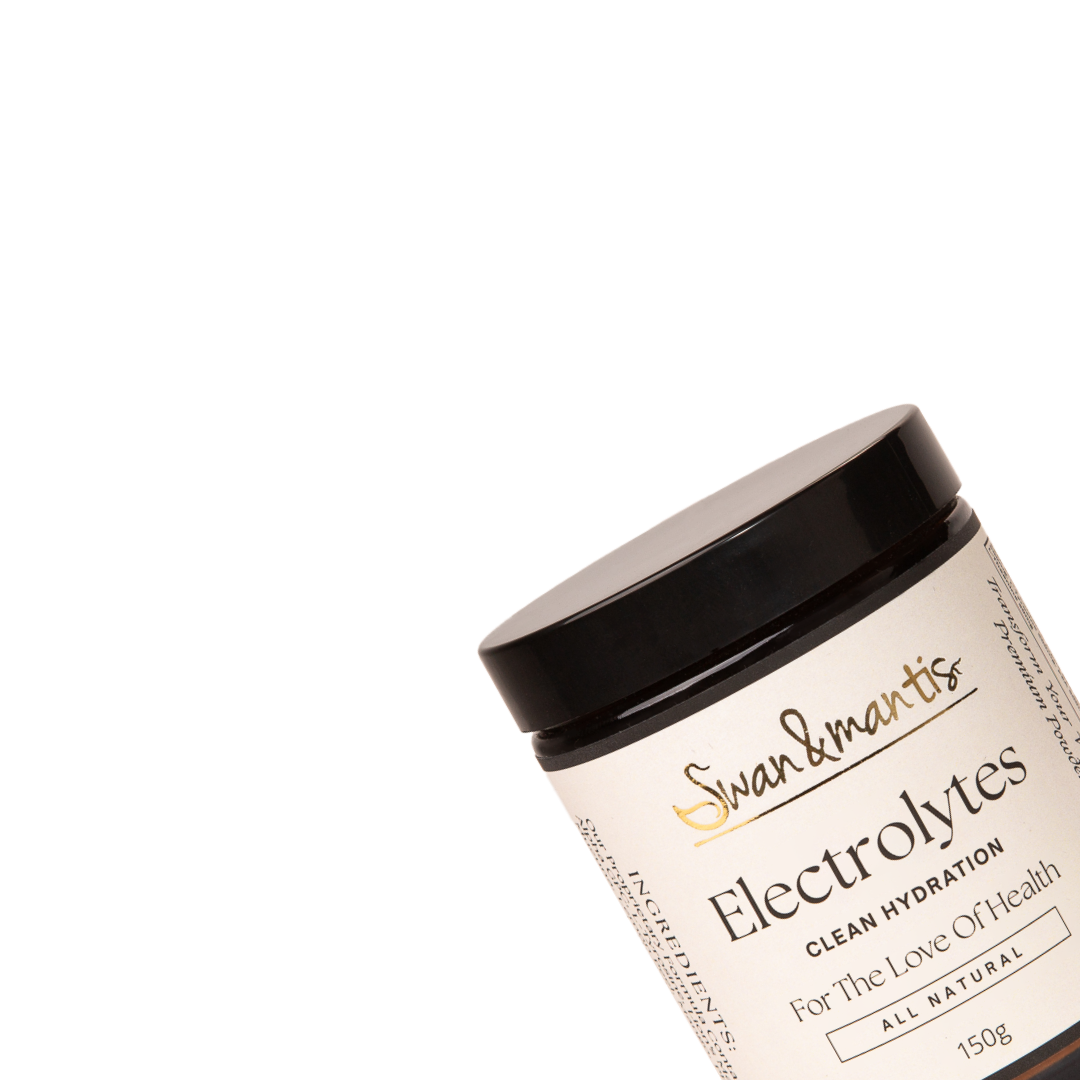Live Blood Analysis
Live blood analysis, also known as Nutritional microscopy or Darkfield microscopy, is fundamentally the analysis of living bloodunder a powerful microscope, connected to a camera. The condition and quality of one's red blood cells, has a direct impact on one's present and future health, with stress and disease appearing in the blood years before they manifest as symptoms in the body. Live blood testing enables us to see exactly how one'sblood behaves in the body, giving a clear picture of one's health at a cellular level. We are not looking to make a diagnosis from patterns seen, but one is assessing the biological terrain, which may appear as pH imbalances, etc.
To understand the concept of "terrain", one merely needs to think of a vegetable garden: if the terrain, or soil, is in a healthy condition, the vegetable plants will grow abundantly and will be free of disease and parasites. Similarly, in the human body, if the terrain is healthy, bacteria, viruses and fungi will be repelled, metabolic processes will proceed unhindered, and disease will not be enabled. By examining the live blood, one can assess the terrain, and anticipate the onset of disease, long before it manifests. One has the opportunity to correct current imbalances, to improve current ill health. Live blood analysis is especially useful in preventative healthcare. The red blood cells carry oxygen and the plasma carries nutrients to every cell in the body. The state of health or ill-health of the blood thus affects every cell in the body, so it can be seen that by improving the health of the blood, one can improve the health of the body. The examination and study of live, capillary blood has been performed by researchers all over the world for many years. Although many different approaches have been used, and many opinions expressed, there emerges a truth central to all. That truth is that the human body cannot live with an unnatural diet or an unhealthy lifestyle. This has been a basic concept of natural medicine for thousands of years, but most patients still believe that one can cheat Nature and still survive. Many are deluded into thinking that they can continue to eat unhealthily, and just take a pill to counteract the symptoms when they get sick. Live Blood Analysis is a quick and efficient way of assessing the health of the patient. A drop of blood is examined under a special microscope which has both dark-field and bright-field options. Very quickly one can see nutritional deficiencies, which organs are stressed, heavy metal toxicities, and imbalances in acidity or pH. The toxic effects of a typical Western lifestyle can easily be demonstrated. This is not a diagnostic tool but serves to confirm that which is already suspected, and also serves to monitor and demonstrate progress, and response to treatment. The advantage of examining the blood in its fresh state is that one can gain so much more information than when the blood is sent for conventional path testing. When a haematologist [or more often nowadays a computer] examines a blood slide, they are looking at
deadblood cells which have been fixed and stained. They count the relative numbers and look at structure, but they cannot assess how the cells are functioning. The chemical pathologist will measure levels of cholesterol and other substances in the blood, and issue the patient's result as compared with a standard reference range. The patient's doctor will then make an interpretation of these results and prescribe pharmaceutical medications to correct the abnormalities, some of which may be for life. The difference with live blood analysis is that the patient gets to see the abnormalities directly, and participates in the discussion of them. The correction of the abnormalities is usually achieved with the adoption of healthier eating habits, lifestyle modifications and natural supplements. Most patients, when told to modify their lifestyle, are unlikely to persist with such changes for any significant length of time. With liveblood analysis the patient can see directly the abnormalities that need correction, and is involved with the discussion of the rationale and need to make the corrections. The patient becomes motivated to make the necessary improvements, because they often start to feel better quickly, and because they can visually appreciate their progress at the next visit. The development of most chronic and degenerative illnesses can be prevented with early nutritional intervention. Live blood analysis can detect many nutritional imbalances and deficiencies, which are major contributing factors in the development of these conditions, long before conventional blood testing can demonstrate any abnormalities. Another test often performed in conjunction with live blood analysis is called layered dried blood analysis or Oxidative Stress test. A drop of blood is pressed onto a slide to make 8 consecutive smears, and allowed to coagulate and dry. The patterns of coagulation reveal further information about the state of the terrain, and also signs which corroborate information already revealed by the live bloodanalysis. Similar to the way the body is represented in the iris of the eye, which can be interpreted by an Iridologist, one finds the body planes represented in the coagulation pattern. At the centre of the spot one finds disturbances relating to the adrenals or reproductive system. Further out one finds bands corresponding to vital organs, then lymph tissues then finally skin. Thus one can determine which parts of the body are holding toxins, and therefore currently ill, or at risk of developing disease.
Live Blood Analysis may indicate some of the following which can signify areas affecting your overall health;
allergies
bacterial infection
blood vitality
bowel toxicity
detoxification requirements
digestive stress
free radical damage (the amount of toxic damage occurring to your cells)
immune function
immune stress
iron deficiency
leaky gut syndrome
liver stress
liver toxicity
malabsorption
mild inflammation
moderate inflammation
parasitic infection
severe inflammation
stickiness of the blood (your potential for blood clots)
vitamin B12 deficiency


